REACH OUT TO US TODAY
Contact us to learn more about Gulf Breeze Recovery!
Contact us to learn more about Gulf Breeze Recovery!
Those struggling with drug addiction share some similar challenges but depending on the types of drug(s) they’re using, how much they’re taking, how frequently, and in what combination with other addictive substances, the signs, symptoms and effects could be quite different.
No matter the type of drug, the impact of continued drug abuse and addiction can lead to life-ending or altering problems, overdose, physical complications, psychiatric problems, family turmoil, legal problems, jail, child custody issues, unemployment, etc. The faster someone gets help to end their drug abuse or addiction, the more likely they are to have a chance at a full recovery and a new beginning.
All drugs are not the same, but they can all be deadly especially if combined.
Stimulants, also commonly referred to as “uppers,” are highly addictive drugs that increase your heart rate and brain function and raise the levels of nervous activity in the body. Many stimulants are listed as Schedule II drugs because they are highly addictive and have the potential for severe physical and psychological dependency. Extended use of stimulants can cause severe damage. They can provide a euphoric and calming sensation along with elevated mood as a result of an increase of dopamine levels within the brain. Stimulants can be snorted, injected or taken orally. The effects last from a few minutes to a few hours depending on the type of stimulant taken. Some stimulants like nicotine and caffeine are legal and can be purchased in stores. Other prescribed stimulants are usually given in low doses over short periods of time of use. Any stimulant use can lead to an addiction even if the dose is small and prescribed.
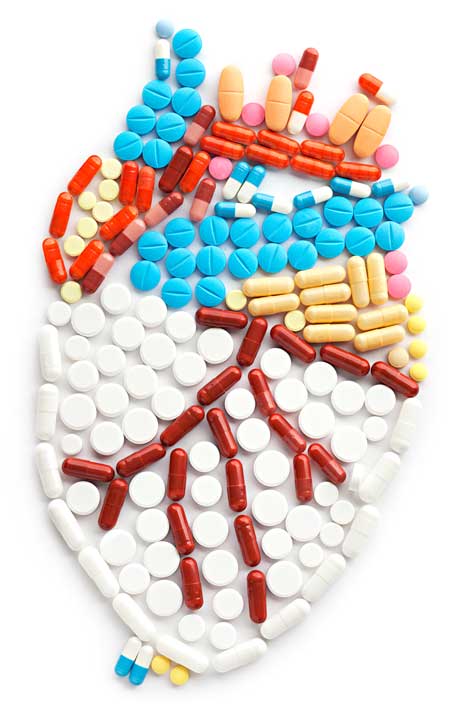 Effects of Stimulants
Effects of StimulantsThe short-term effects of stimulants can include:
Stimulant addiction and abuse over an extended period can cause severe, life-threatening effects on the entire body:
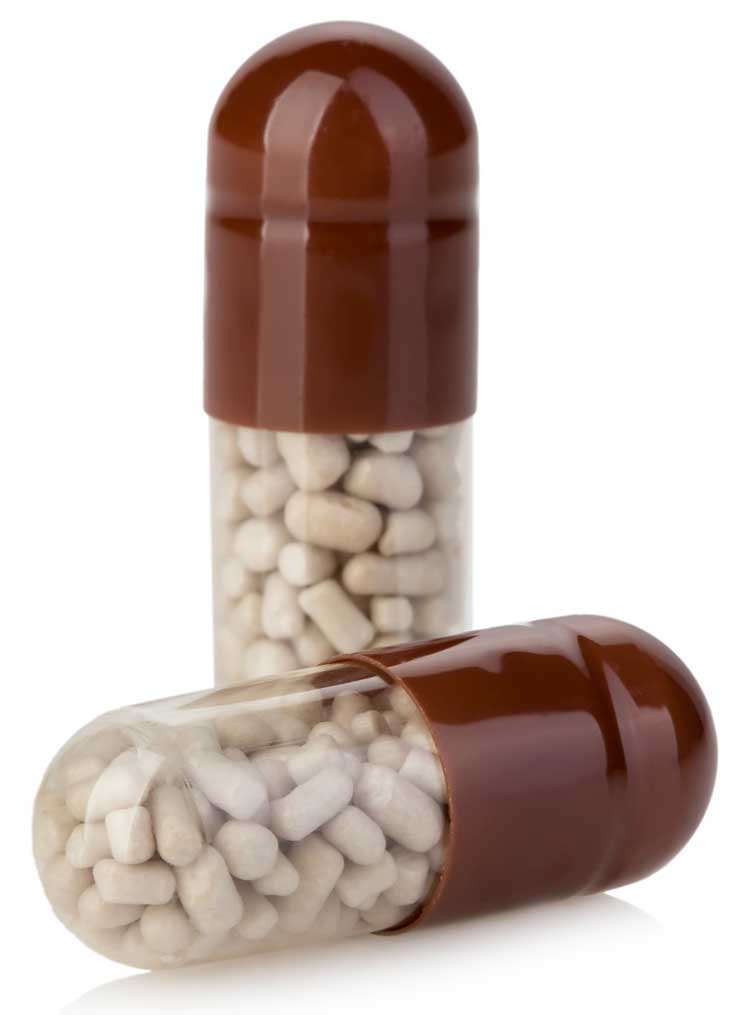 Some of the most widely abused stimulants include:
Some of the most widely abused stimulants include:
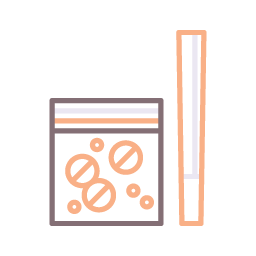
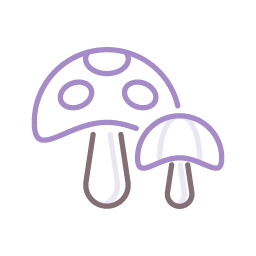
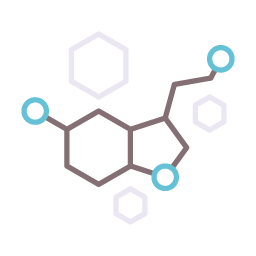
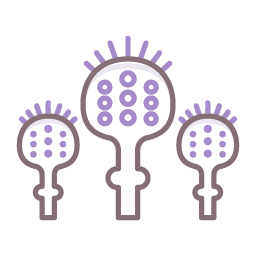
Anyone who takes opioids can become addicted to them – even with a prescription. Once you’re addicted, it can be hard to stop without help. You’re not alone. According to the CDC, as many as 1 in 4 patients receiving long-term opioid therapy in a primary care setting struggles with opioid addiction.
Opioids are narcotic, painkilling drugs that are so highly addictive that they are classified by the Drug Enforcement Agency as Schedule II, III+ because they have a chemical origin that is like that of heroin. Opioids can cause euphoria, are often used nonmedically and frequently lead to overdose deaths because they slow down or can stop a person’s breathing. They can be taken in tablet, capsule, suppository and liquid form and can be swallowed, snorted or injected. Opioids are usually prescribed to treat severe pain often following injury or surgery or for health conditions such as cancer. There has been a significant increase of misused and abused opioids, even with prescriptions, nationwide leading to an opioid epidemic and one of the largest public health crises facing the United States.
Possible health effects: Opioids can significantly slow or stop a person’s breathing leading to death from overdose; other effects include nausea, sleepiness, physical dependence, constipation, euphoria, confusion, depression, itching and sweating, low levels of testosterone that can result in lower energy, strength and sex drive. Every day in the United States more than 130 people overdose on opioids according to the National Institute of Drug Abuse.
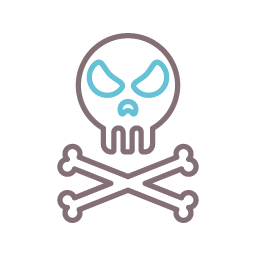 FACT:
FACT:More than 72,000 Americans died of drug overdoses in 2017, up nearly 7% from 2016 according to data from the U.S. Centers for Disease Control and Prevention.
 Listed below are frequently abused, misused and addictive opioids:
Listed below are frequently abused, misused and addictive opioids: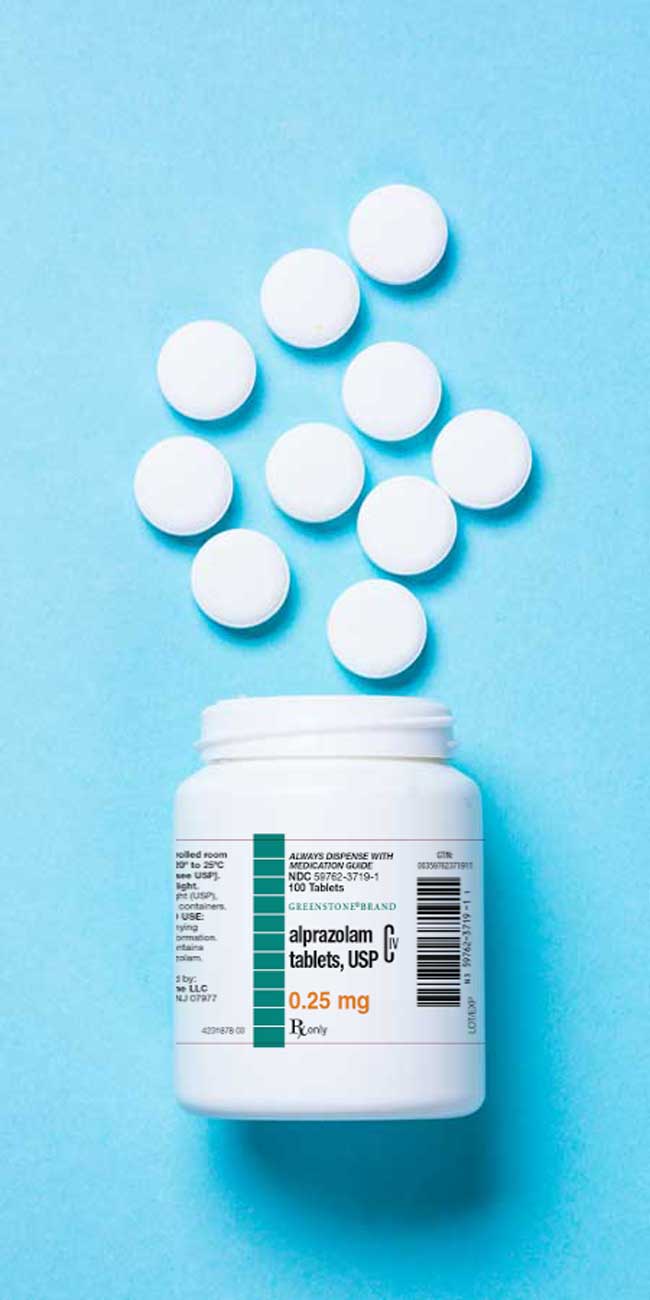
Benzodiazepine abuse or addiction is also referred to by the mental health community by the term hypnotic, sedative or anxiolytic use disorder. While you or your loved one may have a prescription and a legitimate medical reason to use them initially, the sedative effects of these drugs and their highly addictive properties makes them very easy to abuse and can easily lead to physical and psychological addiction. Developing a dependency on benzodiazepines can result in withdrawal symptoms or even seizures if you stop taking them abruptly. Withdrawal symptoms can develop within a few days from last use and can be hard to distinguish from anxiety. Nearly one-third of overdoses on opioid drugs also involve benzodiazepines.
Though benzodiazepines have a calming effect on you or your loved one, they are highly addictive with serious physical, psychological and behavioral side effects and symptoms that become worse with chronic abuse and addiction:
It can be difficult for you or your loved ones to identify a dangerous symptom or a common symptom with benzodiazepine addiction. Withdrawal from benzodiazepines can be particularly dangerous especially if they’re combined with other drugs or alcohol. If you notice any serious symptoms, the best practice is to get help immediately by going to the emergency room or contacting your doctor.
It can be hard to recognize the signs of drug use in the people we care about. It can be difficult especially to see the difference between normal teenage behavior and signs of drug use. Some possible signs that might indicate your loved one is using drugs include:
Understanding and recognizing the signs of a drug overdose could save your life or the life of someone you love. Know the signs:
Drug overdose signs typically include dilated pupils, changes in or trouble breathing, changes in body temperature, lips and fingertips can turn a blue color, nausea and vomiting, confusion and disorientation/violent behavior, irregular heart rate and chest pain, seizures and/or convulsions, violent behavior, unconsciousness, or death.
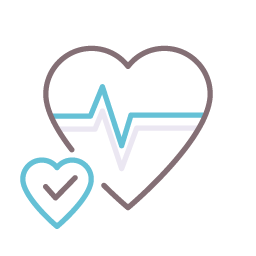
It’s important to know the signs of a drug overdose and what to do in the event of an emergency.